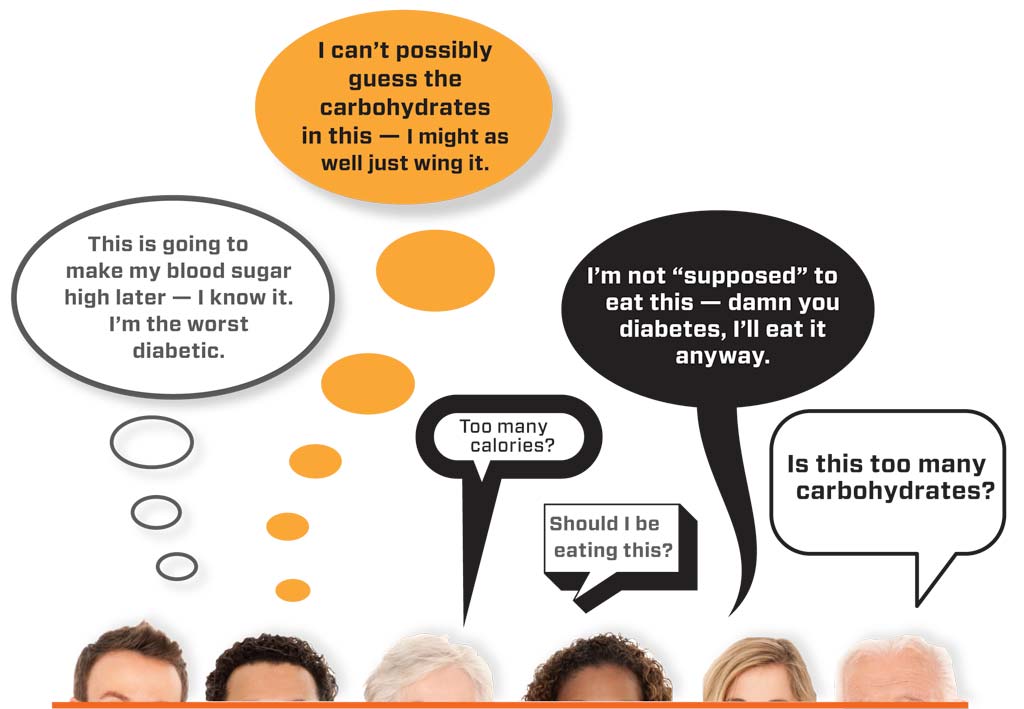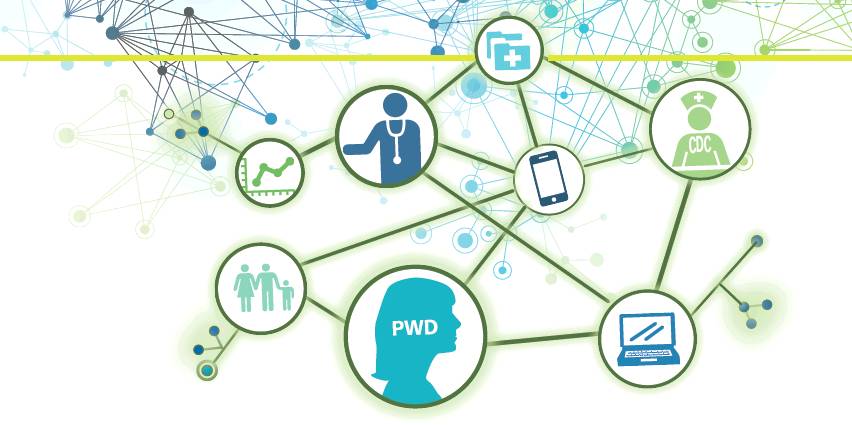A Diabetes Summer Camp Mystery

You might imagine diabetes camp to be an optimal setting for researchers to get data on new Type 1 treatments and devices. After all, diabetes camps have highly skilled staff and motivated and eager test subjects who are well-trained in blood glucose testing. Yet Stanford pediatric endocrinologist Dr. Bruce Buckingham found he was having a problem with his diabetes camp data.
While presenting his work on continuous glucose monitoring and insulin pump therapy for kids at the ADA Scientific Sessions, Dr. Buckingham shared a mystery he faced of why some of his camp data wasn’t adding up among his finger-pricking test subjects. He found that their post-breakfast and mid-morning readings were sometimes stratospheric, even though the subjects appeared to be suffering no obvious signs of hyperglycemia. And the highest spikes seemed to be coming on the same days, and with curiously uniform distribution.
Dr. Buckingham went to the camp to get a closer look at this unexplained phenomenon. What he found was completely understandable once you get on the ground in a camp setting: Kids don’t like to wash their hands, and kids at camp really don’t like to wash their hands. He suspected that the kids weren’t cleaning off their fingertips adequately after a hearty camp meal. To confirm this, and make appropriate adjustments to the data, Dr. Buckingham tested himself alongside the kids, while following their pre-test sanitation procedures. He found his and their highest post-breakfast readings happened after a breakfast of pancakes and syrup, and the second highest happened after a breakfast of toast and jam.
Dr. Buckingham made the appropriate adjustments to his data, statistically accounting for sticky fingers of happy campers, and a summer medical mystery was solved.
Thanks for reading this Insulin Nation article. Want more Type 1 news? Subscribe here.
Have Type 2 diabetes or know someone who does? Try Type 2 Nation, our sister publication.







